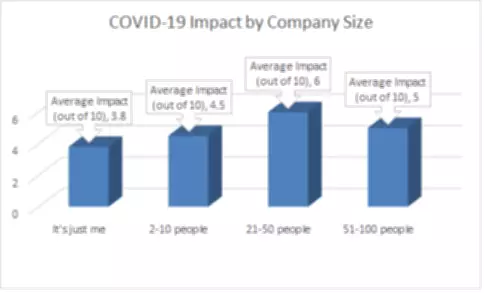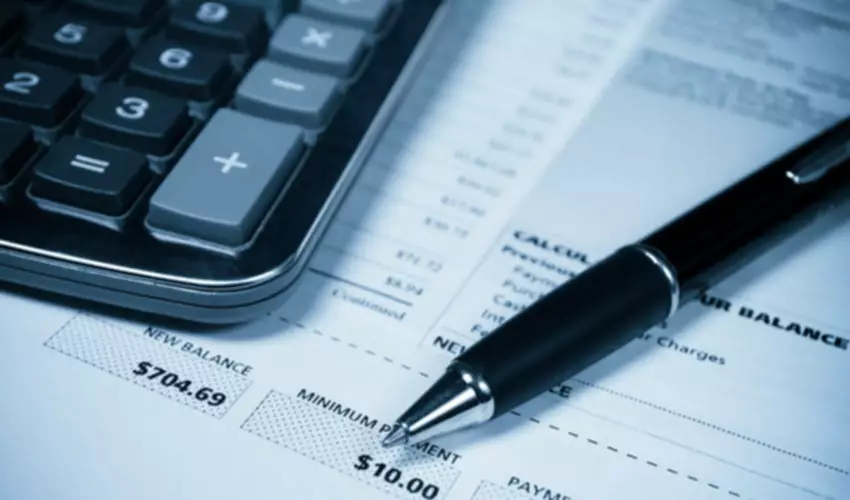Content

Frequent changes might mean your expenses are changing more often than they should be, or that your sales aren’t steady. However, there are likely ways she can improve efficiencies and perhaps realize higher profits. Lately, she has been thinking of expanding her line of clothing too. First, she needs to consider how spending money on labor and manufacturing to provide these new https://www.bookstime.com/ products will impact her profit margin. She may want to consider producing a small batch of the new clothing and see how those items sell first. Then run the numbers again to determine if the new clothing lines will be permanent additions. Cost of goods sold includes the labor, materials, and manufacturing overhead costs to produce her product (in other words, “direct costs”).

If the business is a regular corporation, net profit may mean after income tax expense. Gross profit is measured as a number, while gross margin is a percentage. Without knowing a company’s other financial metrics , gross profit can be hard to put into perspective. A company’s gross profit figure means little unless you know the total revenue for the same period.
Gross Profit Calculator
Some companies separately calculate out net profits which subtracts any allowances such as returns or discounts. GPMP is a well established financial metric, but it gross profit example doesn’t tell you everything. Although it’s often used as a metric showing overall company efficiency, a decrease in GPMP may have to do with a pricing issue alone.
COGS also includes variable costs that change as production ramps up or down. Gross Profit is the income a business has left after paying all their variable costs directly related to the manufacturing of their products and/or services . Net Profit is the income a business has left after deducting all of their expenses from a company’s revenue—including the fixed costs that are excluded from Gross Profit . Gross profit is an economics term that describes the amount of money a company makes from the sales of goods or services, minus the cost to produce or deliver them. Gross profits involve the revenue of a company as well as any profit it earns and are required by the Generally Accepted Accounting Principles to be included and clearly labeled on income statements.
What Is the Difference Between Gross Sales and Profit Margins?
Also, GPMP doesn’t necessarily establish where the problem in low margins originates. In other instances, a company may have an excellent GPMP but insufficient sales volume to adequately cover the expenses not included in gross profits. Sometimes, even though the GPMP is low, the company’s overall profitability may remain high because of unusually high sales volume.
- If you don’t get coffee orders, you don’t use coffee beans or milk.
- It is the amount of money an entity makes before paying non-operating expenses like interest, rent, and electricity.
- For example, if a company’s gross margin is falling, it may strive to slash labor costs or source cheaper suppliers of materials.
- Once you have the gross profit, you divide that number by the business’s revenue to get a percentage – the gross profit margin.
- And, when the cost of goods sold decreases, your gross profit increases.
- For example, if you own a coffee shop, your revenue is the amount of money your customers pay for their coffee.
The gross profit method is an important concept because it shows management and investors how efficiently the business can produce and sell products. That is why it is almost always listed on front page of theincome statementin one form or another. Let’s take a look at how to calculate gross profit and what it’s used for. Many businesses mark up the cost of products they sell, or have price lists that apply a markup percentage to products based on volume sold. This means pricing is measured in terms of how much more the price is than the cost of the item to you. For example, if you stock computer chips that cost $70 and apply a 30% markup, you’ll price it at $91. Gross profit also shows how efficiently you make use of your resources, such as labor, raw materials, and supplies—the costs of which fluctuate with your level of output.
What Is the Difference Between Operating Margin and Gross Manufacturing Margin?
Cost Of SalesThe costs directly attributable to the production of the goods that are sold in the firm or organization are referred to as the cost of sales. That takes a total of gross sales and reduces the same by sales return.
- If your total revenue this week is $1,000 and your cost of goods sold is $700, then your gross profit margin would be 30%, and markup would be 42.9%.
- This means that for every dollar of sales Monica generates, she earns 65 cents in profits before other business expenses are paid.
- But if you’re new to calculating gross profit margin, you may want a baseline for comparison.
- Peggy James is a CPA with over 9 years of experience in accounting and finance, including corporate, nonprofit, and personal finance environments.
- Understanding profit is one of the first and most important things any business owner needs to be successful.
- A company’s gross profit will vary depending on whether it uses absorption costing or variable costing .
A Company in Auto manufacturing has the following items on its profit and loss statement. Full BioPete Rathburn is a freelance writer, copy editor, and fact-checker with expertise in economics and personal finance. One way to address that low NPM would be to reduce overhead costs and rent a smaller space.
Rebekiah has taught college accounting and has a master’s in both management and business. ABC limited has given you the below details for their manufacturing financial details. You are required to calculate Gross Profit from the above details. Gross margin equates to net sales minus the cost of goods sold.

Gross profit helps you record the costs required to produce revenue. When the cost of goods sold increases, gross profit decreases. And, when the cost of goods sold decreases, your gross profit increases. You are left with more spending money for business operations.
Therefore, after subtracting its COGS from sales, the gross margin is $100,000. The gross profit margin is 50%, or ($200,000 – $100,000) / $200,000. If sales drop too far, you may not generate enough gross profit dollars to cover operating expenses. Price increases require a very careful reading of inflationary rates, competitive factors and basic supply and demand predictions for the product you’re producing. For example, $25 in gross profit looks very different depending on whether the lemonade stand sold $50 or $500 worth of drinks. Gross margin, on the other hand, offers more insight into the financial health of your operation, because it provides a proportion rather than a fixed dollar figure. If the lemonade stand made $25 by selling $50 worth of drinks, the gross margin is 50%; if it sold $500 worth of drinks, the gross margin is 5%.
Generally accepted accounting principle rules require that gross profit be broken out and clearly labeled as part of a classified income statement. Though the formula for calculating gross profit is fairly simple, there may be times when the required information for the formula are not clearly stated. It is important that you know and understand not only how gross profit is calculated, but also how the key components of the basic gross profit formula are calculated. Knowing these concepts will make it easier for you to interpret the classified income statement. Two key terms are a part of gross profit that needs to be defined and understood.